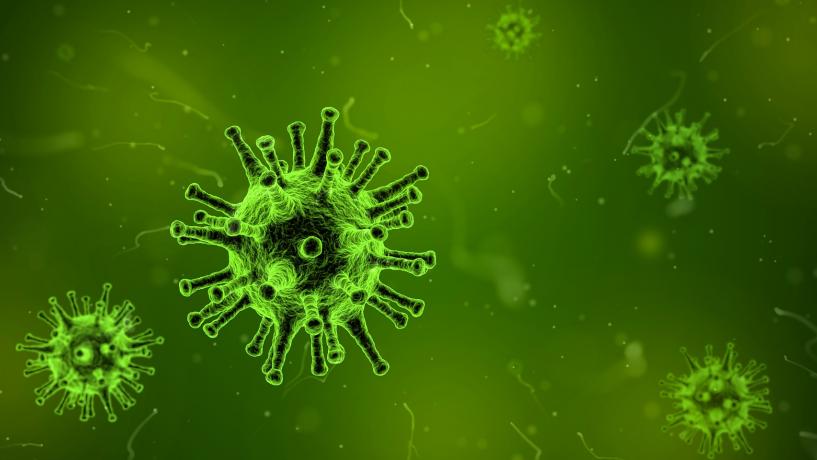
Researchers at the University of Arizona have developed a new, simple, portable and inexpensive method for detecting low levels of Norovirus.
Norovirus continues to be one of the top causes of food-borne illness in Australia. According to the Department of Health, an estimated 1.8 million cases of Norovirus occur in Australia each year, making it the most common cause of gastroenteritis.
Cheap and cheerful materials
While devices to detect low quantities of Norovirus do already exist, they typically require a laboratory and expensive equipment, such as microscopes, lasers and spectrometers. To detect Norovirus in the field, such as on cruise ships or in municipal water wells, researchers decided to use simple, cost-effective materials, including paper (in the form of a microfluidic chip) and a smartphone.
“It only takes a very small number of Norovirus particles to cause an infection in humans, so we need a really sensitive detection method. Also, scientists aren’t able to culture Norovirus in the lab, and available antibodies to the pathogen aren’t very strong,” said Jeong-Yeol Yoon. Yoon led the team of researchers, which included Soo Chung, a biosystems engineering doctoral student, and Kelly A. Reynolds, Chair of the Department of Community, Environment and Policy.
The team chose paper as the material for its microfluidic chip, partly because it’s cheap and easy to store, but also because it is porous, which allows liquid to flow spontaneously. Chips made from non-porous materials, such as silicon, typically require a pumping system to facilitate the flow of liquid.
Using paper was not without its drawbacks; scientists usually detect contaminants by measuring the scattering and reflection of light in a sample, but paper's porousness and opacity can cause background scattering that interferes with imaging. This makes it more difficult to detect extremely small concentrations of a virus, but as few as 10 Norovirus particles is enough to cause illness.
Not to be deterred, the team developed a new way to detect the virus — by counting clusters of fluorescent beads instead of measuring light intensity.
A new way of detecting the virus
The system starts by adding contaminated water to a microfluidic chip; then, tiny, fluorescent polystyrene beads that are covalently linked to antibodies against Norovirus are added to the mix. If Norovirus is present, virus particles will bind to multiple antibodies, each attached to its own fluorescent bead, creating a clump of fluorescent beads.
"Norovirus particles are too small to be imaged by a smartphone microscope, and so are antibodies," said Yoon. "But when you have two or three or more of these beads joined together, that indicates that the Norovirus is there, causing the beads to aggregate."
The aggregated beads (or “clumps”) are large enough for a smartphone microscope to photograph. Researchers turned an off-the-shelf cellphone into a fluorescence microscope by adding a light microscope, a light source and a couple of filters. They also created a smartphone app to analyse images of the chip, identify the number of aggregated beads and convert that number to a count of Norovirus particles. The most expensive component of the whole device cost less than $50.
"Advances in rapid monitoring of human viruses in water are essential for protecting public health," said Reynolds. "This rapid, low-cost water quality monitoring technology could be a transformational tool for reducing both local and global disease burdens."
Funding for this research project was provided by the National Science Foundation Water and Environmental Technology Center at the University of Arizona and Tucson Water. The results were published in ACS Omega.
Preventing Norovirus
Norovirus is most often transmitted through improper food handling and bad hygiene. Food Handlers who do not practise good personal hygiene, especially when it comes to frequent and thorough hand washing, or who work when they are ill can easily spread food-borne diseases like Norovirus.
Food safety courses, such as the AIFS Food Handler course, are designed to give Australian food workers the skills and knowledge they need to protect customers from food poisoning and other health risks.
Food Safety Supervisors, who earn an industry-specific Food Safety Supervisor certificate, also help to manage food safety risks in a food business and are a mandatory requirement in many Australian states and territories.





